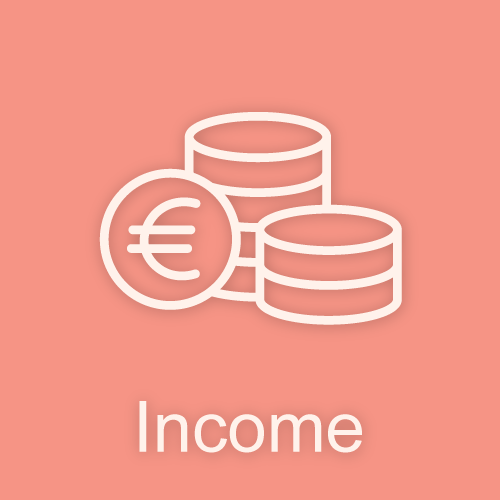ECIR data tool
Loading...

Inequalities heatmap by country
Data source and links




This matrix displays the disadvantaged population group for the "income" dimension by indicator and country. The disadvantaged population was identified by selecting the category group most prone to cancer inequalities based on the data presented above (e.g. with the highest prevalence of cancer risk factor). The data represent the last available year for each indicator. The grey colour indicates the data is unavailable for that particular country.
Note: this chart does not represent the inequality gap within a country.
Note: this chart does not represent the inequality gap within a country.
This display is not wide enough to show the heatmap. Try rotating the device.
About this indicator
The survey population was divided into five groups equally represented by 20% of individuals each:
- “Very low income” refers to the first quintile group of equivalised income
- “Low income” refers to the second quintile group of equivalised income
- “Middle income” refers to the third quintile group of equivalised income
- “High income” refers to the fourth quintile group of equivalised income
- “Very high income” refers to the fifth quintile group of equivalised income
The first quintile group represents 20 % of the population with the lowest income (an income smaller or equal to the first cut-off value), and the fifth quintile group represents the 20 % of population with the highest income (an income greater than the fourth cut-off value).
Unit of measure
Source update frequency
References
Data
Metadata
